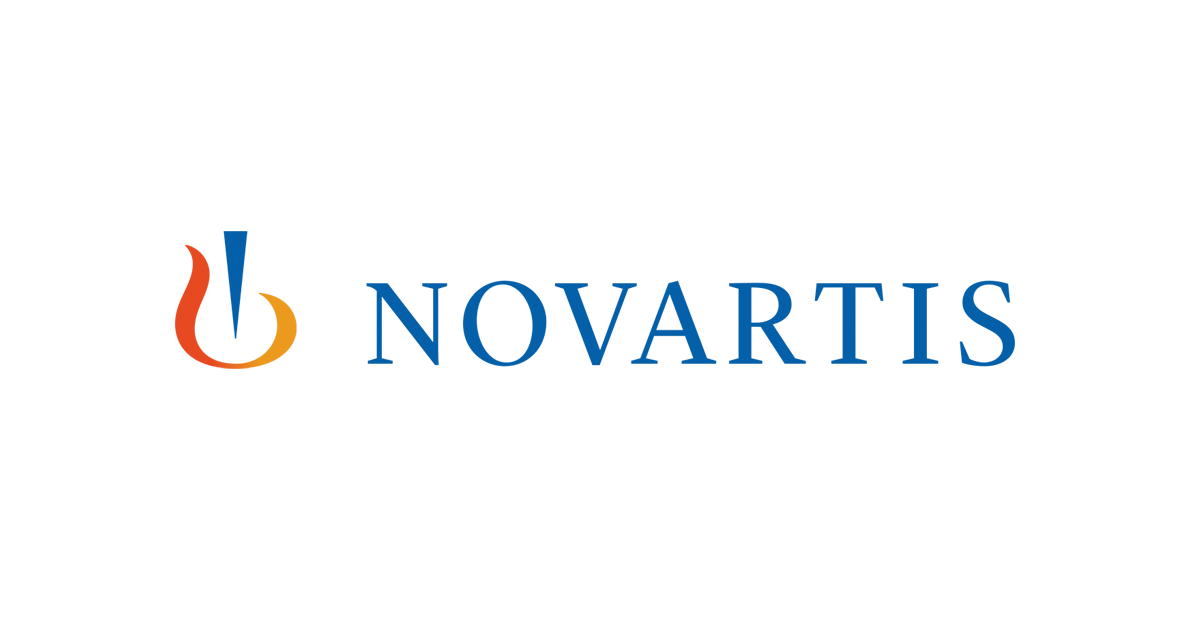- Joined
- Mar 20, 2013
- Messages
- 1,912
- Reaction score
- 3,506
What are the supervision requirements for the Lutathera?
For Xofigo I personally push the syringe for the 60 seconds, check on patient, etc...takes me about 5 mins or so. Physics obviously more involved taking the pre and post injection measurements/activity.
For Lutathera, I know it's a ton of work, but from a physician standpoint if we give the therapy in another room over in an infusion suite, can I still be active in clinic in another room or doing computer work in my office?
For Xofigo I personally push the syringe for the 60 seconds, check on patient, etc...takes me about 5 mins or so. Physics obviously more involved taking the pre and post injection measurements/activity.
For Lutathera, I know it's a ton of work, but from a physician standpoint if we give the therapy in another room over in an infusion suite, can I still be active in clinic in another room or doing computer work in my office?


